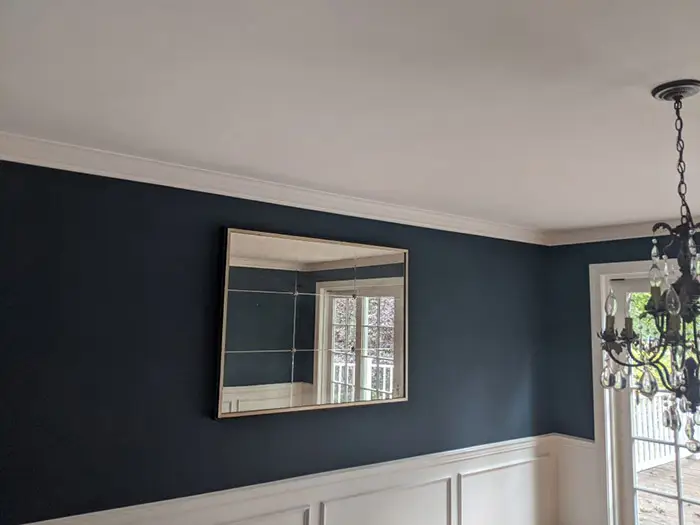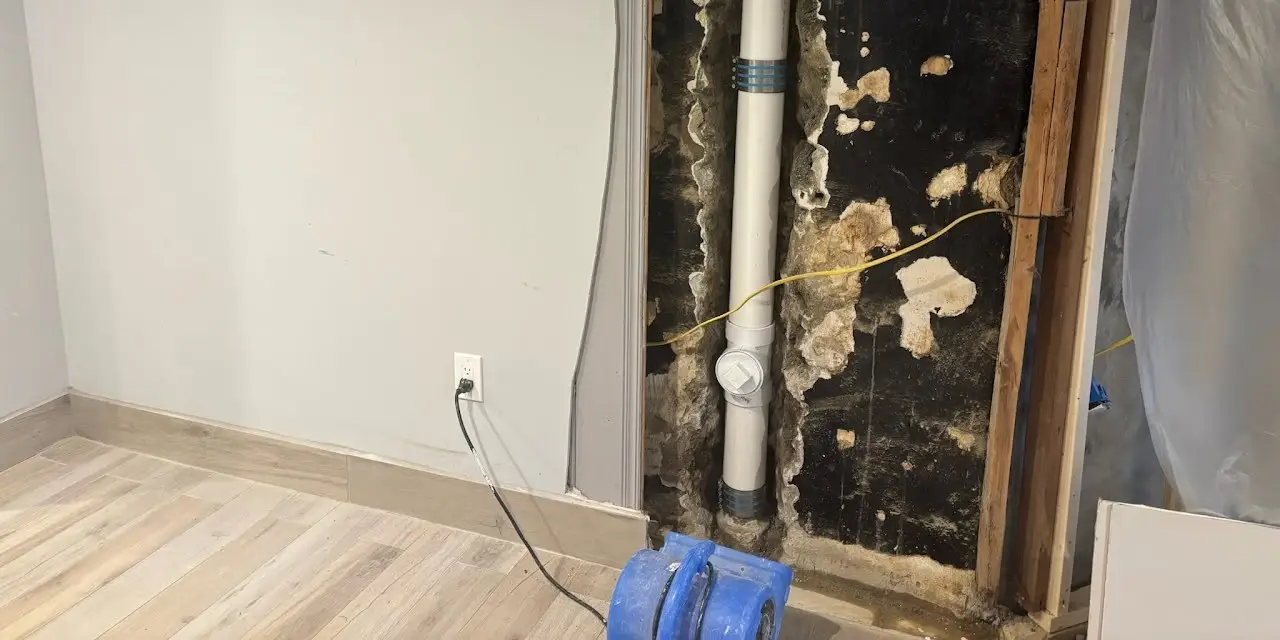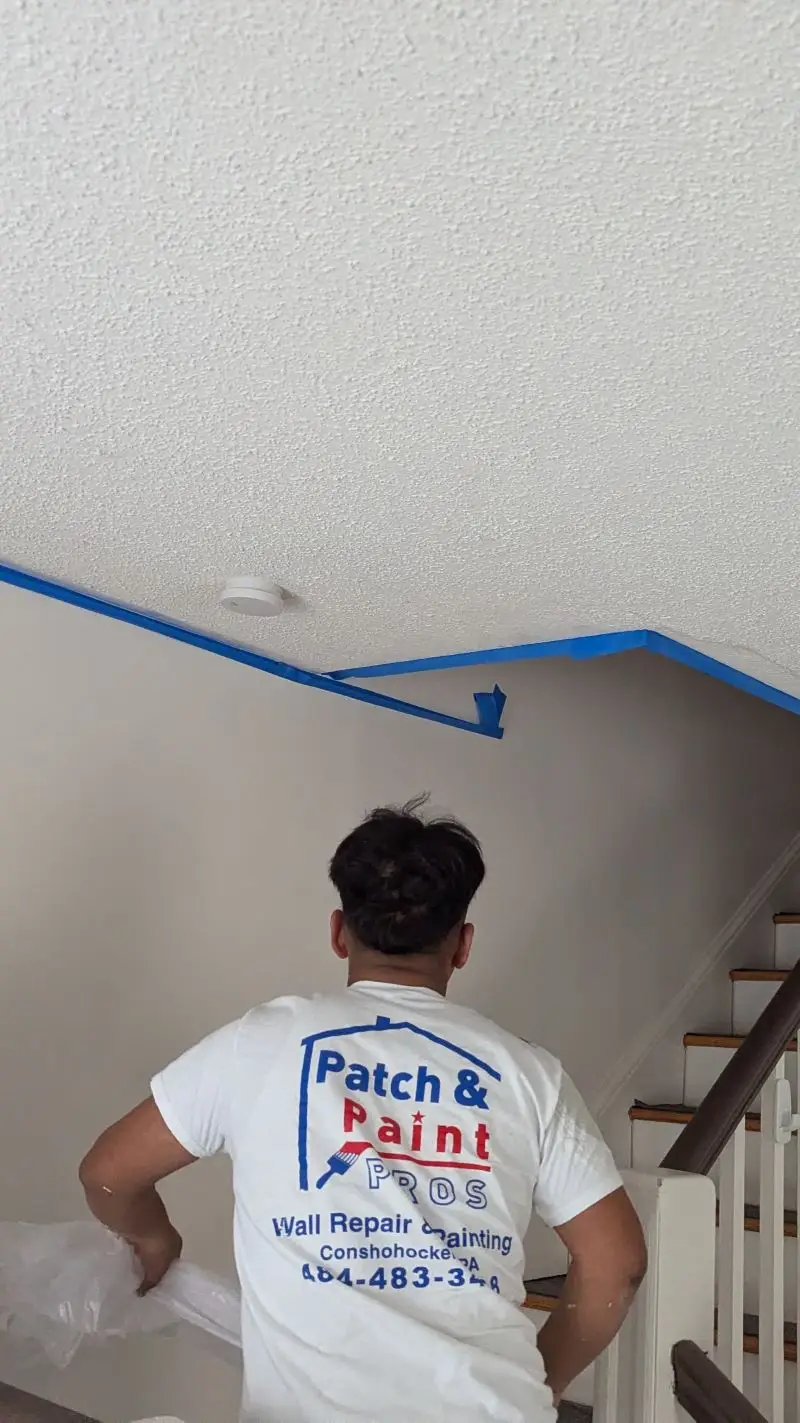Wall repair projects can be intimidating, especially if you don’t know the right tools to use. But with a few supplies on hand, you’ll be able to tackle wall repairs like a pro! In this article, we’ll discuss the essential tools you need for any wall repair project so that it’s easy and stress-free.
We all want our walls in tip-top shape, but sometimes they suffer from cracks or holes caused by furniture bumps or other accidents. If these defects are left unrepaired, they can worsen over time and lead to more serious damage. Fortunately, there are plenty of DIY solutions available to help us restore our walls back to their former glory—and all you need is the right set of tools!
Measuring Tape
A measuring tape is a crucial tool for any wall repair project. Accurate measurements are essential for ensuring that the repair is successful and the finished product looks professional. When shopping for a measuring tape, there are several factors to consider.
First, make sure to choose a measuring tape with clear and easy-to-read markings. The tape should have markings in both inches and centimeters to ensure accuracy. The markings should be visible and easy to read even in low light conditions.
Next, consider the blade of the measuring tape. Some measuring tapes come with double-sided blades, with different lengths on each side. This is especially useful when measuring large areas or distances. Additionally, some measuring tapes have extendable or retractable blades, which can be helpful when working in confined spaces or on smaller projects.
Another factor to consider is the grip of the measuring tape. Padded grips can provide comfort and stability, especially when taking measurements for an extended period.
Finally, it’s important to choose a measuring tape that is appropriate for the size of your project. If you are working on a large-scale project, a longer measuring tape may be necessary to ensure accuracy. However, for smaller repairs, a shorter measuring tape may be more convenient and easier to handle.
Level
When it comes to wall repair, the level is one of the most important tools to have in your arsenal. It’s like a compass for any DIY renovation project – an essential piece of equipment that ensures all measurements are accurate and straight lines remain true.
A level might seem easy enough: just make sure everything looks even! But this tool can be deceivingly complex; if you don’t use it correctly, your walls will end up looking slanted and bumpy instead of smooth and even. To get the best results, you’ll need practice and patience when using a level. With those two things combined, you can transform any room into something beautiful.
Putty Knife
When it comes to drywall projects, having the right tools on hand can make a significant difference in the outcome of the project. While basic tools such as a level, putty knife, and sandpaper are necessary, specialized drywall tools can help you achieve professional results. Investing in a drywall contractor kit can make your project more manageable and efficient.
A drywall repair kit typically includes tools such as a drywall saw, drywall screwdriver, and drywall tape measure. A drywall saw has a long, serrated blade that cuts through drywall quickly and easily, while a drywall screwdriver is designed to drive screws into drywall without tearing or damaging the surface. A drywall tape measure is specially designed to measure drywall, which is thicker than standard materials, and ensure accuracy.
Using the right tools can also save you time and energy. For example, a drywall screwdriver allows you to drive screws into drywall quickly and efficiently without having to apply excessive pressure, which can damage the drywall surface. Similarly, a drywall saw allows you to cut through drywall cleanly and quickly, which can be challenging with a standard saw.
However, even with the right tools, tackling a drywall project can be challenging, especially for inexperienced DIYers. If you’re unsure about how to tackle a particular repair or renovation job, it’s best to reach out to a professional drywall contractor for advice and guidance.
A professional drywall contractor can provide you with expert advice on the best materials and tools for your project, as well as offer suggestions for achieving the desired finish. They can also help you avoid common mistakes, such as improper drywall installation or inadequate preparation of surfaces.
In addition to offering guidance, a professional drywall contractor can also provide drywall services, including repairs, installation, and finishing. They have the experience and expertise necessary to ensure that your project is completed to the highest standards and with minimal disruption to your daily routine.
Sandpaper
The sandpaper crackles in its packet, the coarse surface ready to be unleashed. In a way it’s like an ancient warrior preparing for battle – each grain of sand eager and waiting.
Below is a list of items that would come in handy during this wall repair project:
- Sandpaper – various grits (coarse, medium, fine)
- Dust sheet – to cover furniture and flooring
- Tape measure – to get accurate measurements
- Safety goggles – to protect eyes from dust particles
It’s time now to move on to the next step – gathering all the necessary materials for a drywall repair kit. The tools may seem intimidating but with proper guidance, they can help us achieve our goals quickly and easily.
Drywall Repair Kit
When repairing a hole in drywall, it’s important to have the right tools on hand. Start by using a utility knife to cut away any loose or damaged pieces of drywall around the hole. Next, insert a drywall patch into the hole and secure it in place with drywall screws. Apply joint compound over the patch and smooth it out using a drywall knife.
For larger holes, a drywall patch kit may be needed. These kits often include all the necessary materials such as a self-adhesive patch, joint compound, and a putty knife for easy and efficient repairs.
Once the joint compound has dried, sand the surface smoothly and apply a layer of paint to match the surrounding wall. With the right tools and techniques, repairing a hole in drywall can be a quick and easy process.
Final Thoughts
The wall repair project can be a daunting task, but with the right tools, it doesn’t need to be. With these items in hand, you’re ready to tackle your project!
It’s amazing how having the right equipment makes all the difference. When I was getting started, I felt so lost not knowing where to begin – until I collected my supplies. Suddenly everything became easier and more manageable. It’s almost like coincidence had come into play and steered me to success.





